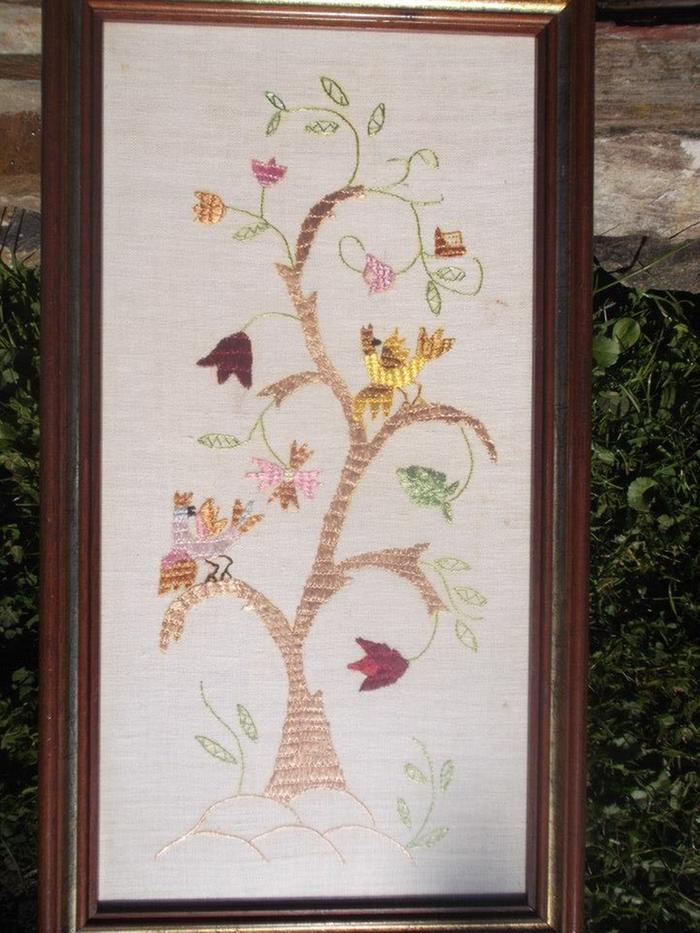
 1
1








find religion! church
kiva! hyvä! iloinen! pikkumaatila
get stung! beehives
be hospitable! host-a-hive
be antisocial! facespace


















"We're all just walking each other home." -Ram Dass
"Be a lamp, or a lifeboat, or a ladder."-Rumi
"It's all one song!" -Neil Young




Denise Lehtinen wrote:I have thought about growing flax here in Florida, but my (web) research wasn't clear about whether it was too warm here or not. Flax oil and linen from the same plant sounds like a very good deal to me.
The cheapest way to spin fiber is with a spindle. It looks alot like a top -- that toy you might have played with as a child. They can be made cheaply from an unwanted CD, a dowel, and a hook. (But I don't know if that will work well for flax or not.)
Anyway thanks for sharing
"We're all just walking each other home." -Ram Dass
"Be a lamp, or a lifeboat, or a ladder."-Rumi
"It's all one song!" -Neil Young








Judith Browning wrote:
Denise Lehtinen wrote:I have thought about growing flax here in Florida, but my (web) research wasn't clear about whether it was too warm here or not. Flax oil and linen from the same plant sounds like a very good deal to me.
The cheapest way to spin fiber is with a spindle. It looks alot like a top -- that toy you might have played with as a child. They can be made cheaply from an unwanted CD, a dowel, and a hook. (But I don't know if that will work well for flax or not.)
Anyway thanks for sharing
I am pretty sure that flax for oil and flax for fiber are different varieties, just as cannabis for medicinal use and that grown for fiber are.




"We're all just walking each other home." -Ram Dass
"Be a lamp, or a lifeboat, or a ladder."-Rumi
"It's all one song!" -Neil Young








"We're all just walking each other home." -Ram Dass
"Be a lamp, or a lifeboat, or a ladder."-Rumi
"It's all one song!" -Neil Young





















How permies.com works
What is a Mother Tree ?












|
Catch Ernie! Catch the egg! And catch this tiny ad too:
Back the BEL - Invest in the Permaculture Bootcamp
https://permies.com/w/bel-fundraiser
|






